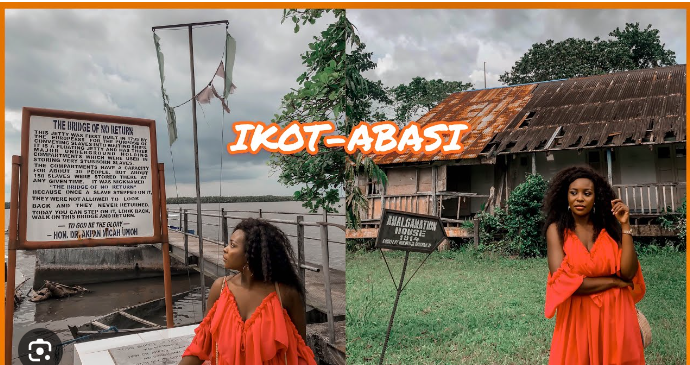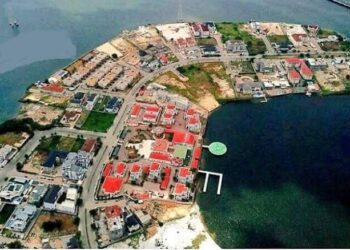Ikot Abasi holds a special spot in the history of Nigeria and its amalgamation as you will soon find out in this article by ENigeria Newspaper.
The city is historically remembered as an exchange point for slaves in the 1900s. Slaves were kept in a transit cell and were eventually traded and transacted like commodities, by the colonial masters.
Ikot Abasi also houses the Amalgamation House where Lord Fredric Lugard in the year 1914, reportedly signed a historical document merging the then Northern and Southern protectorate into one entity which is today known as Nigeria.
Again, Ikot Abasi also houses the War Memorial Museum containing paintings and sculptures of courageous women who died in the famous Aba Women Riot. There is the famous Aba Women Memorial grave close to the waterfront in Ikot Abasi.
ENigeria Newspaper reports that Ikot Abasi also houses the historic Bridge of no Return, a five-minute walking distance from Lord Lugard’s House and built by the Colonial Master. The Bridge of no Return was used to move slaves into a waiting ship that would finally transport them abroad. For More Travel Documentary stories CLICK HERE
Point of no return also popularly known as the Bridge of no Return in Ikot Abasi LGA of Akwa Ibom State is an existing reminder of the horrors of the slave trade era. It is known as the last point of discharge of slaves; first, they’re moved to a small slave bunker with very little ventilation, and then the waiting slave ships finally sailed them away to slavery.
The jetty also had three major underground holding compartments, where stubborn slaves were held. Although the compartment could hold only 30 people, it was alleged that the slave masters held at least 150 slaves at a given point in time.
There is also a place called the amalgamation house which was the administrative headquarters of Lord Lugard. It is situated in what was then called the colonial seat of government. WATCH FULL DOCUMENTARY OF IKOT ABASI & OTHER PARTS OF UYO BELOW (Skip to 16:21).









